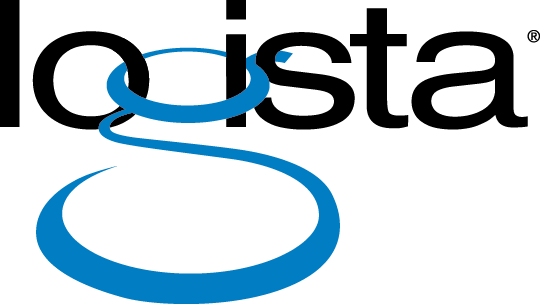From adopting new software and hardware to implementing cloud-based solutions, technology investments are a part of running a successful business. However, making informed decisions about where to allocate resources is not always easy.

This is where an IT assessment comes into play. By conducting a comprehensive assessment of your IT infrastructure and needs, you can make smarter, more strategic technology investments that will benefit your organization in the long run.
The Crucial Role of IT Assessments
Let’s explore why IT assessments are essential for businesses:
1. Cost Efficiency: Tech investments can be costly, and without proper planning, you risk wasting resources on unnecessary tools. An IT assessment can help you identify cost-saving opportunities and align your investments with your business goals.
2. Security and Compliance: Cybersecurity threats and data breaches are ever-present concerns. An IT assessment can uncover vulnerabilities and recommend security measures to safeguard your data and maintain compliance with regulations.
3. Performance Enhancement: Technology should empower, not hinder, your organization. An assessment can pinpoint areas where your IT infrastructure can be optimized to boost efficiency and productivity.
4. Scalability: As your business grows, your IT needs evolve. An assessment helps you plan for future growth, ensuring your tech investments can adapt to changing requirements.
5. Resource Allocation: By identifying underutilized or overused resources, an IT assessment allows you to allocate your IT budget more effectively, maximizing the value of your investments.

Conducting an IT Assessment
Here’s a streamlined approach to conducting an IT assessment:
1. Set Clear Objectives: Define what you want to achieve with the assessment. Whether it’s cost reduction, improved security, or enhanced performance, your goals will guide the process.
2. Gather Data: Collect information about your current IT environment, including hardware, software, network configurations, and user requirements. Understanding your existing setup is essential for improvement.
3. Assess Security and Compliance: Evaluate your security measures and ensure compliance with industry standards and regulations like HIPAA.
4. Analyze Performance: Use performance monitoring tools to assess your IT infrastructure’s speed and reliability. Look for areas where improvements are needed.
5. Evaluate Scalability: Consider your organization’s growth plans and assess whether your current IT setup can accommodate future expansion.
6. Review Budget and Resource Allocation: Analyze your IT budget to ensure it aligns with your objectives. Make necessary adjustments to allocate resources effectively.
7. Identify Optimization Opportunities: Work with IT experts to pinpoint opportunities for optimization, like hardware consolidation, software upgrades, or cloud solutions.
8. Develop an Action Plan: Create a detailed plan based on the assessment’s findings. Prioritize tasks and allocate resources accordingly.
9. Implement and Monitor: Put your action plan into action and continuously monitor the results. Technology is always evolving, so staying proactive is crucial.
10. Regular Review: IT assessments should be ongoing, not one-time events. Regularly review and update your assessments to ensure your tech investments align with your business objectives.
IT assessments provide a valuable framework for making informed technology investments. They identify areas for improvement, enhance security, optimize performance, and ensure cost-efficiency in your IT operations. An IT assessment can set you on the path to tech investment success.
About Logista Solutions
Logista Solutions is a nationally recognized leader in a broad range of technology management solutions. As one of the largest technology support providers in the U.S., Logista provides innovative and holistic solutions to help companies take control of their IT infrastructure and achieve better business outcomes. Popular services include Managed IT as a Service, VoIP and Unified Communications, Managed Print, Cloud Services and Asset Disposition.



